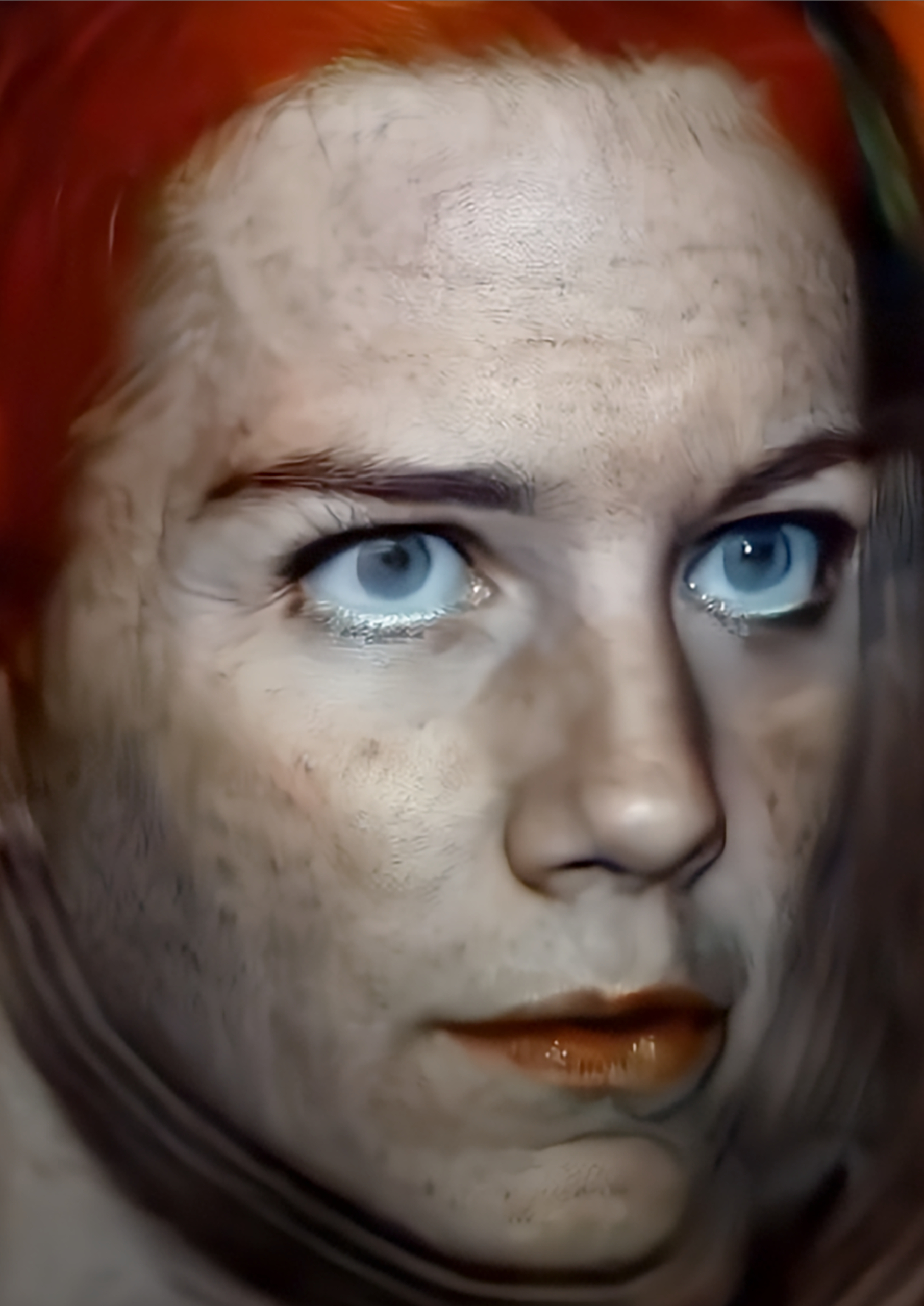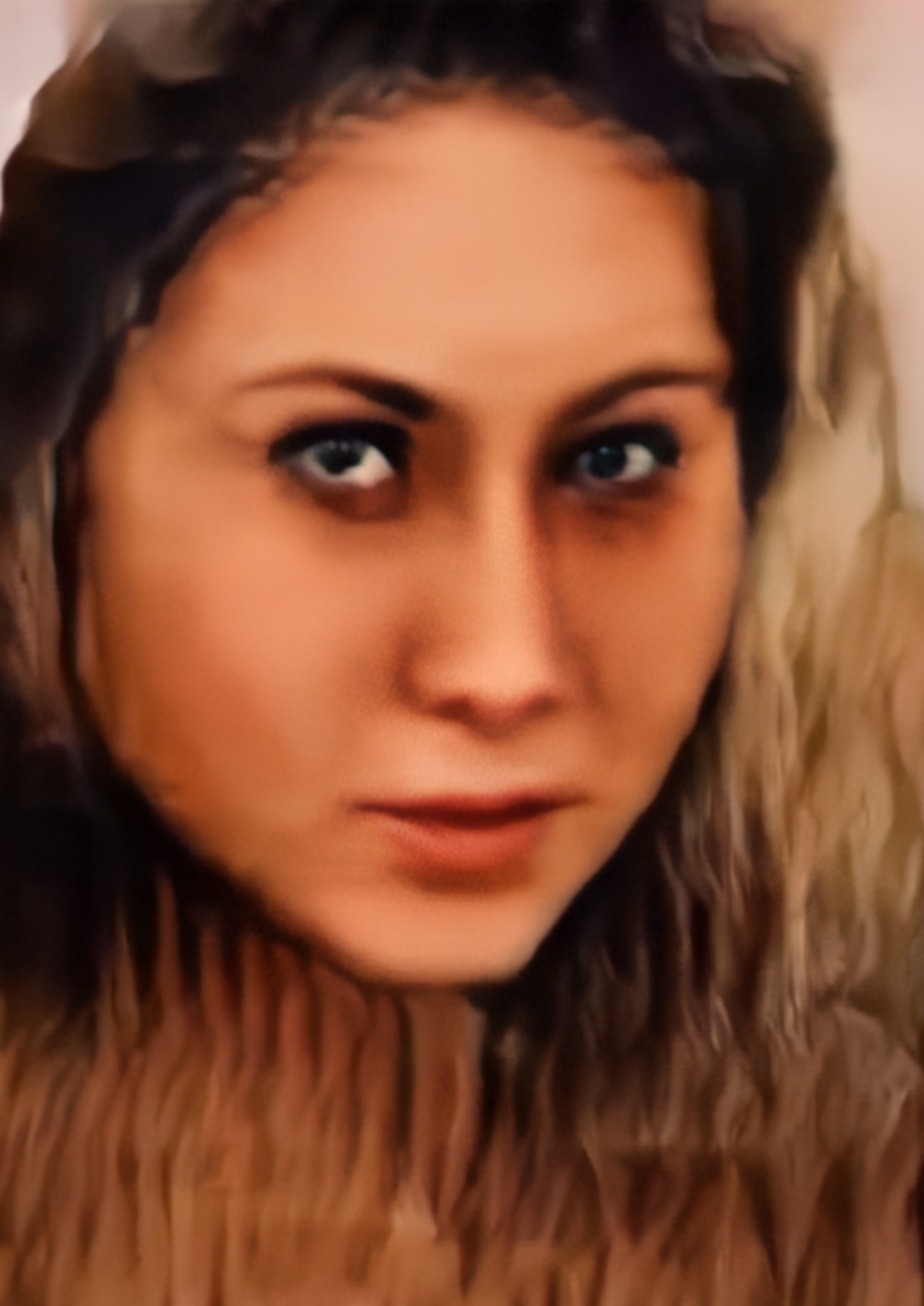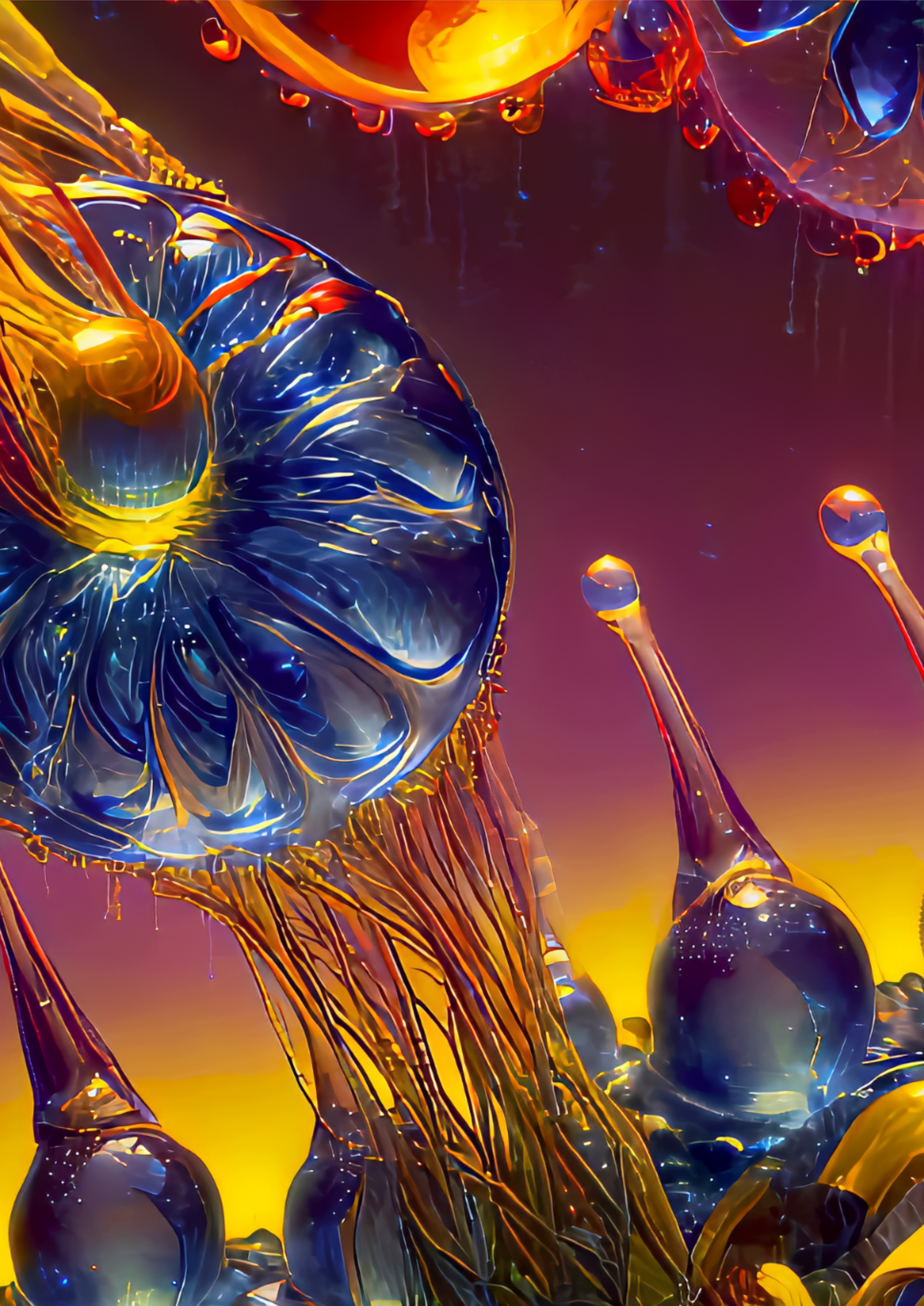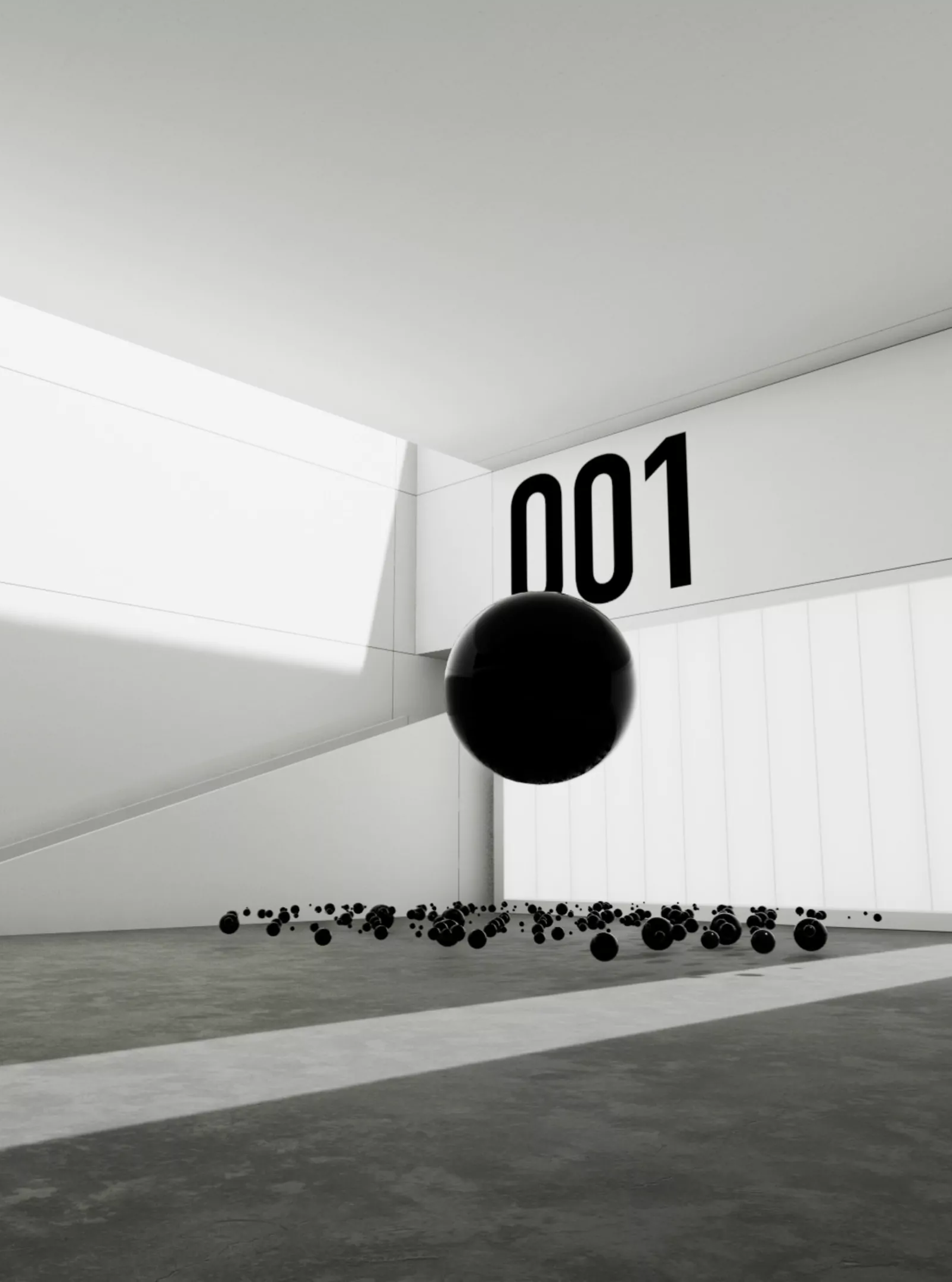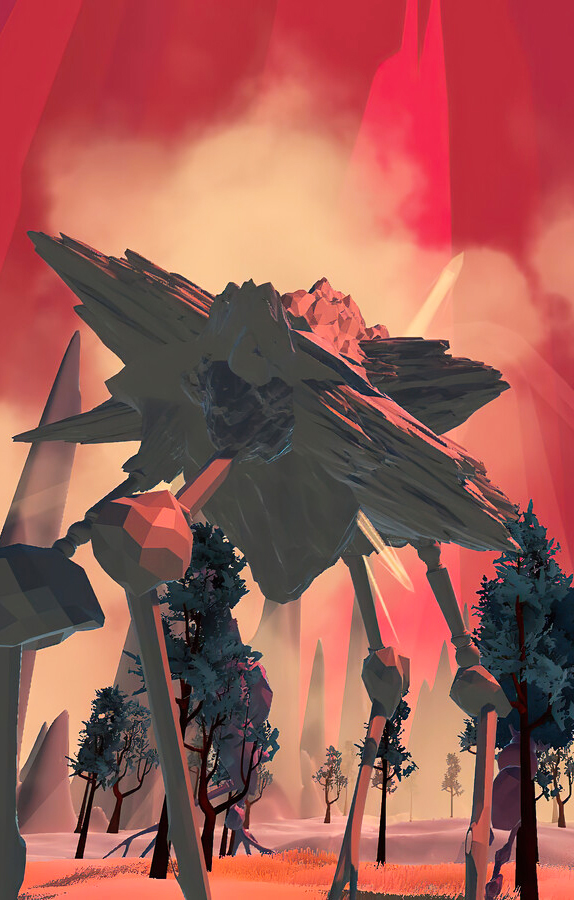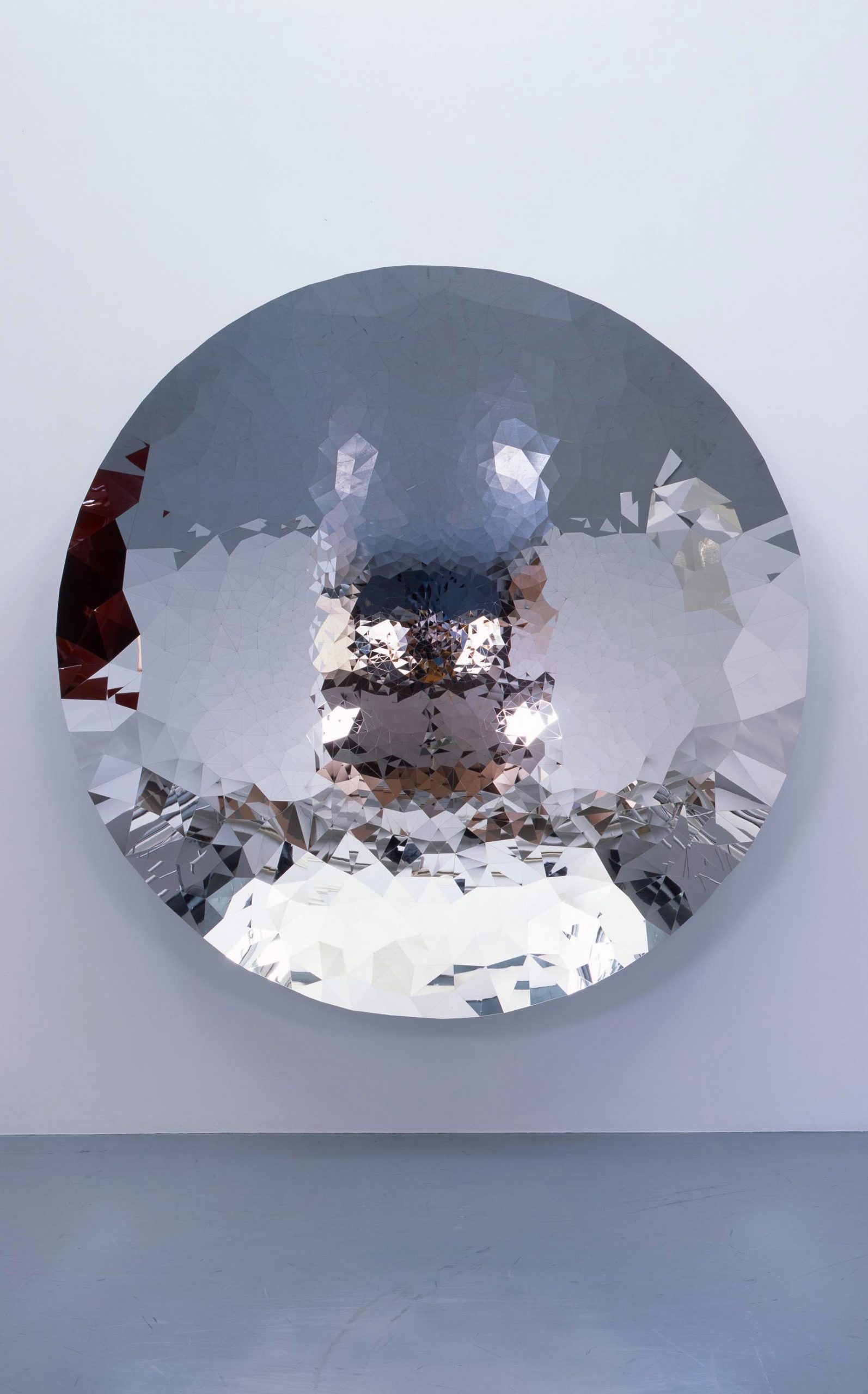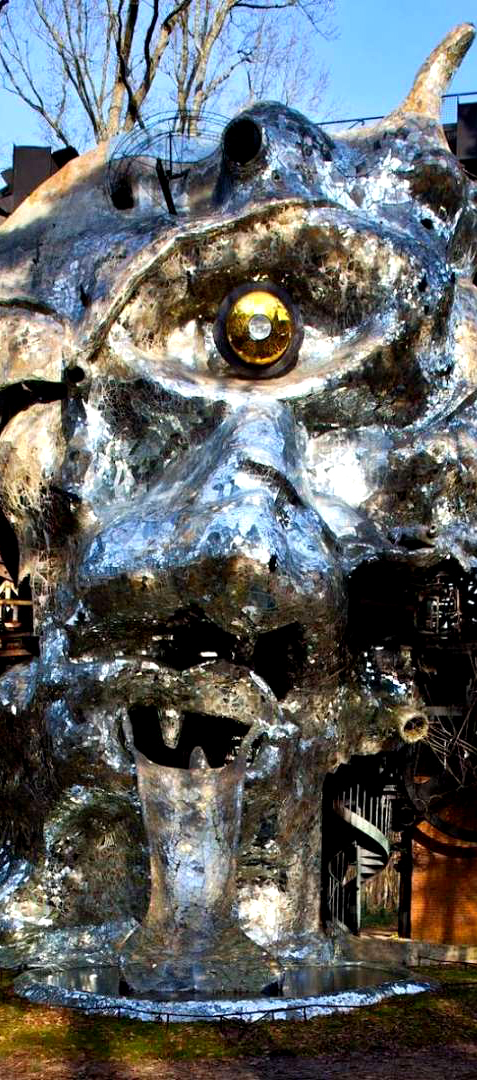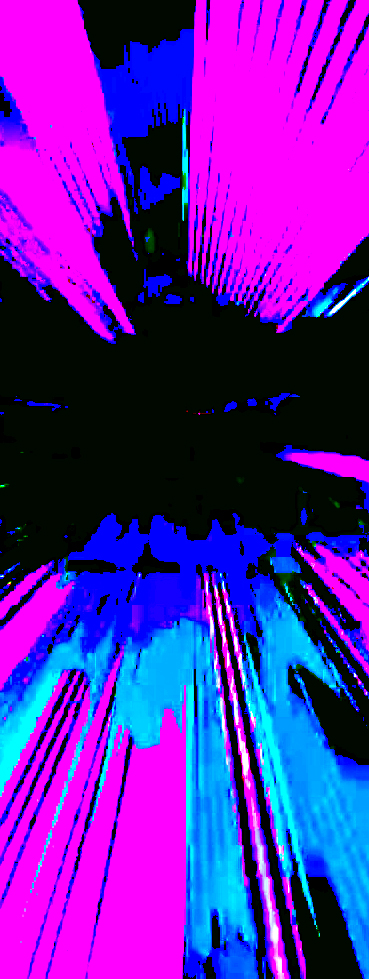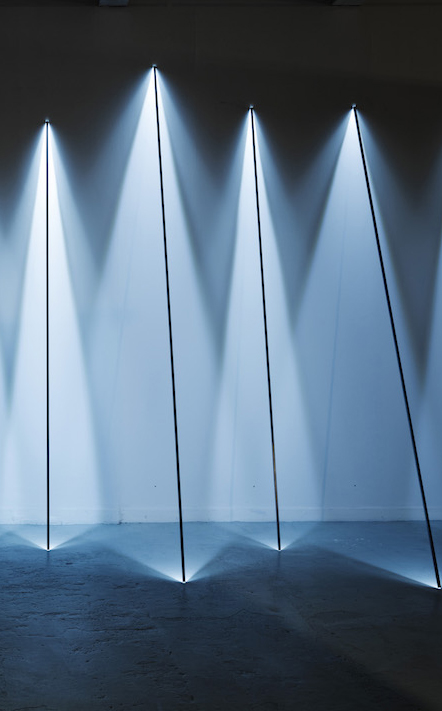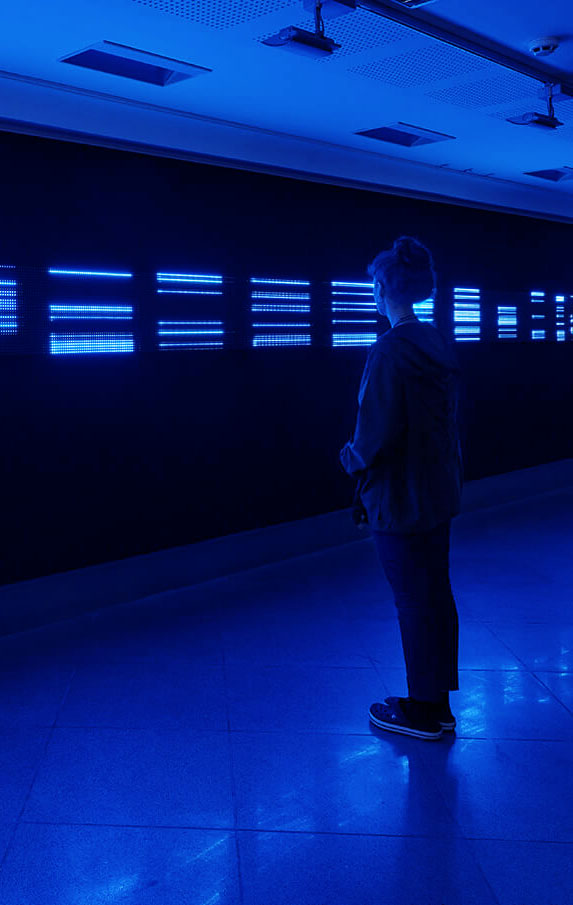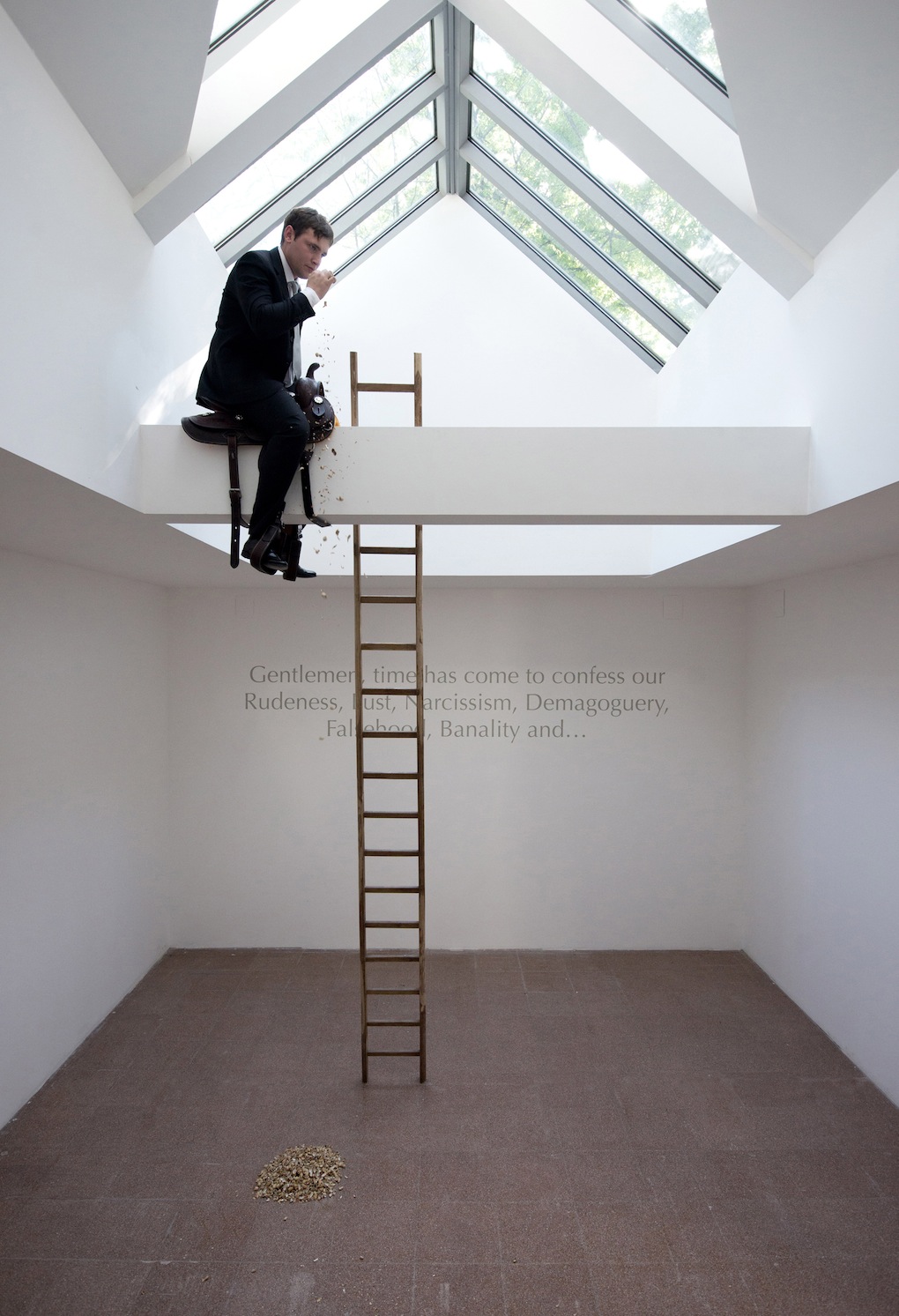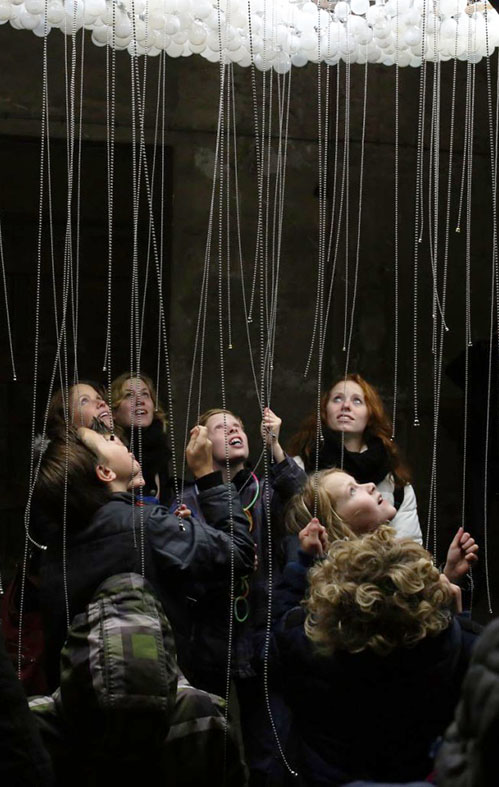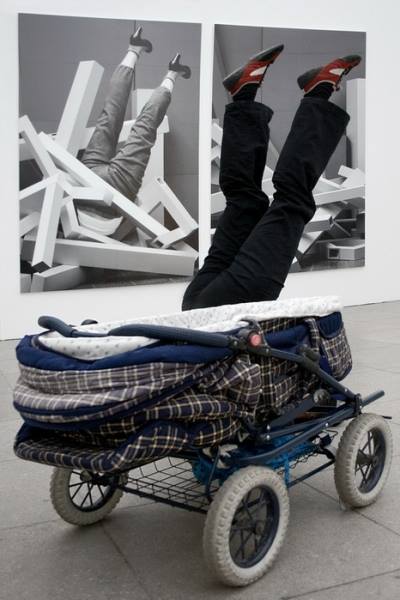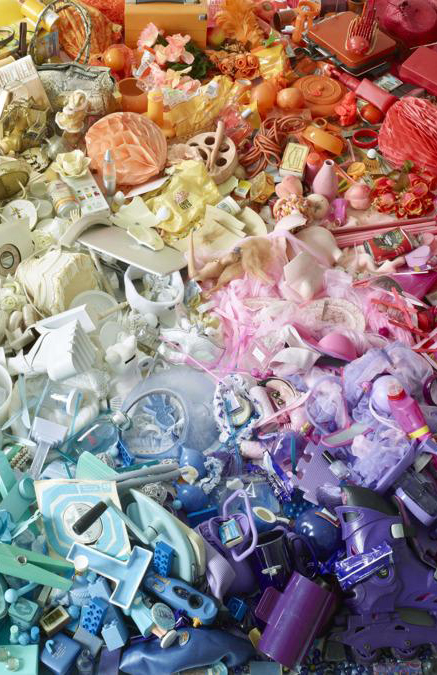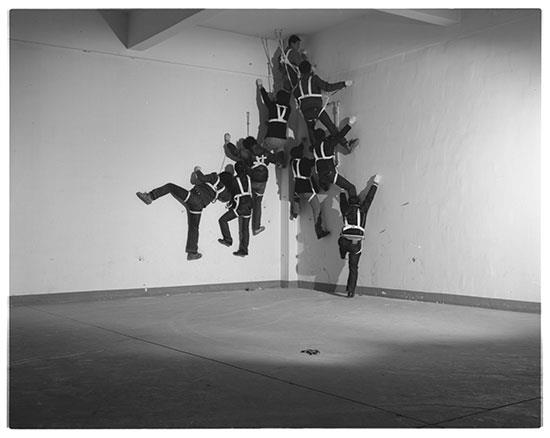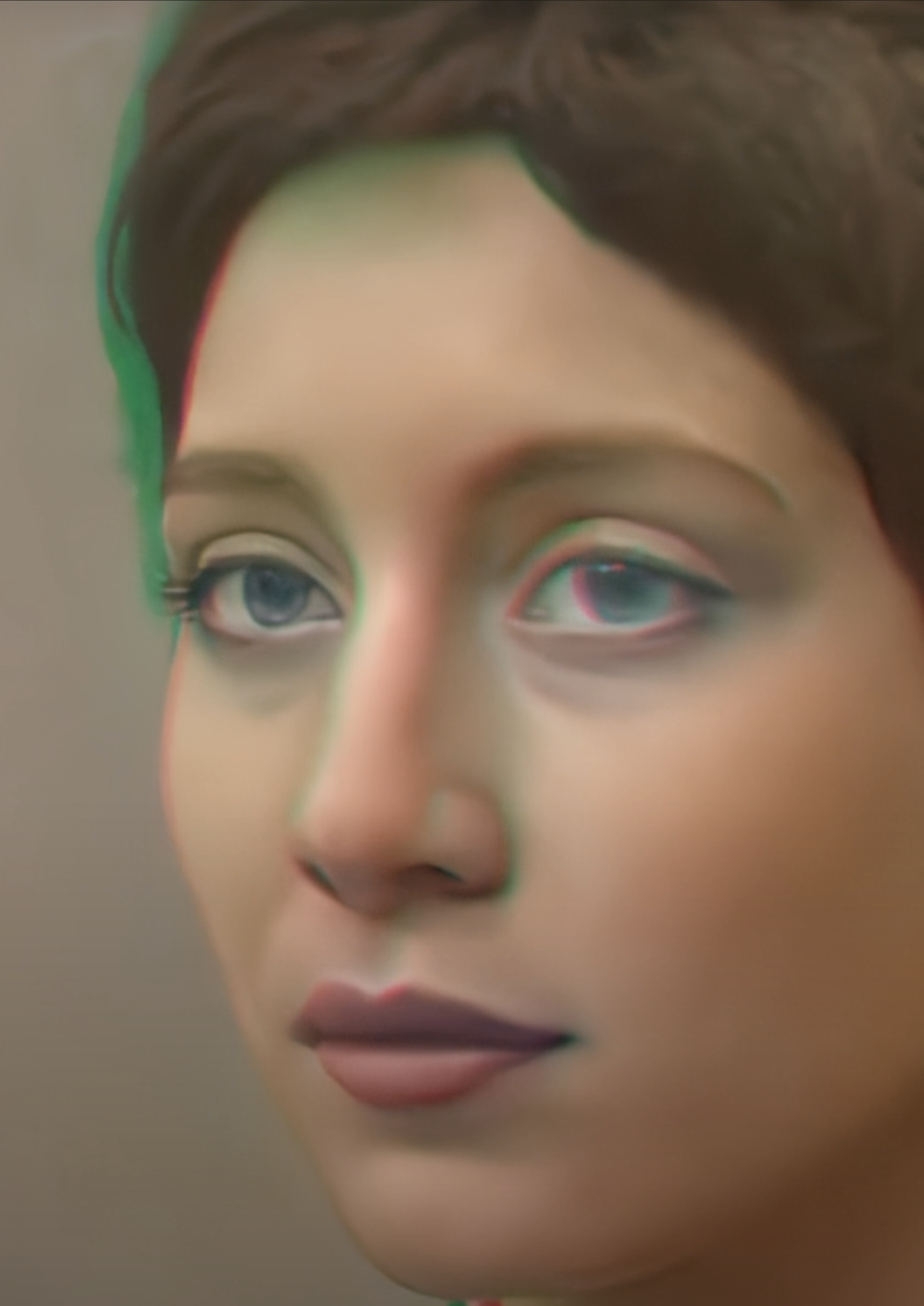
SYNTHETIKA: Mario Klingemann
The Noise of Art
Mario Klingemann
FILE São Paulo 2025 | Instalações
Festival Internacional de Linguagem Eletrônica
The Noise of Art – Alemanha
Dançando pelo Espaço Latente
Mario Klingemann ama dançar — não profissionalmente — mas, sempre que o faz, tenta traduzir sua interpretação do movimento e dos gestos da música para o espaço multidimensional de seu corpo. Trabalhando com os espaços latentes de redes neurais, particularmente com GANs, encontrou um processo paralelo: traduzir som em imagens. A dança torna a música visível por meio do movimento; sua arte tenta fazer o mesmo com inteligência artificial, permitindo que a música molde imagens. As três obras em vídeo apresentadas — Freeda Beast — Bringing Things to an End (GAN generated beta) (2017), The Noise of Art (2020) e Liberation (2020) — são experimentos nessa tradução, cada uma criada de uma só vez por um código escrito por ele, que responde ao ritmo e ao clima das músicas. Bringing Things to an End, provavelmente um dos primeiros videoclipes totalmente gerados por IA no mundo, utiliza um modelo de geração de rostos treinado pelo artista.
Mario Klingemann é um artista e cético com uma mente curiosa. Seu trabalho explora a interseção entre arte e tecnologia, com foco em inteligência artificial, aprendizado profundo e estruturas algorítmicas, investigando continuamente os mecanismos internos tanto das máquinas quanto do processo criativo.
BIO
Mario Klingemann é um artista e cético com uma mente curiosa. Seu trabalho explora a interseção entre arte e tecnologia, com foco em inteligência artificial, aprendizado profundo e estruturas algorítmicas, investigando continuamente os mecanismos internos tanto das máquinas quanto do processo criativo.
